The year was 1884. William Capps, born in Tennessee in 1858 to Alex and Hennie Capps, was just twenty-six years old, not long off the farm at Johnson Station, not long out of law school, when Texas & Pacific’s eastbound train no. 305 pulled into Fort Worth from New Mexico on the afternoon of October 18.
 Within hours of that train’s arrival, the young attorney would encounter a situation that had not been covered in any textbook or any course in law school: He would stand on a roof and address a mob of angry Cowtowners that would be unlike any jury he would address in his entire legal career.
Within hours of that train’s arrival, the young attorney would encounter a situation that had not been covered in any textbook or any course in law school: He would stand on a roof and address a mob of angry Cowtowners that would be unlike any jury he would address in his entire legal career.
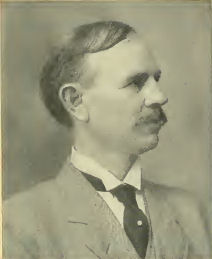
But let’s freeze-frame Capps on that roof for a moment and review some background: In the 1880s William Capps and Samuel Benton Cantey Sr. (1861-1924) formed what would become the oldest continuously operating law firm in Fort Worth. In 1885 Capps was elected city attorney. He also would become president and editor of the city’s first morning newspaper, the Fort Worth Record, in 1913. He would help develop the South Hemphill Heights addition (bisected by Capps Street and Cantey Street) on the South Side, serve as school board president, help to bring TCU and the packing plants to town, donate land for Capps Park, be an incorporator of Dixie Wagon Company. In 1895 he would represent the heirs of Minnie and Nannie Williams in a civil case against serial killer Herman W. Mudgett.
But right now it was October 18, 1884, and William Capps was standing on a roof looking down at a mob of people. They were angry. They were armed. And this vox populi jury had rendered its verdict: Innocent or guilty, Jim Courtright must be freed.

Freeze-frame, more background: Jim Courtright in the late 1870s had been marshal of Fort Worth. By today’s standards, law enforcement of his time was more pragmatic than principled. For example, amid the vice and violence of Hell’s Half Acre Courtright had known when to look the other way. But after Courtright had lost reelection in 1879, he moseyed out to New Mexico. There in 1883 he was a member of a posse of six men who shot and killed two unarmed squatters. (Photo from Tarrant County College NE.)
 Before Courtright could be arrested in New Mexico, he had hightailed it back to Fort Worth. Here, on West Belknap at Burnet Street, he established the T.I.C. (from the initials of “Timothy Isaiah Courtright”) detective agency. Newspapers of the time say he also operated a protection racket, collecting payoffs from Fort Worth saloons and gambling halls.
Before Courtright could be arrested in New Mexico, he had hightailed it back to Fort Worth. Here, on West Belknap at Burnet Street, he established the T.I.C. (from the initials of “Timothy Isaiah Courtright”) detective agency. Newspapers of the time say he also operated a protection racket, collecting payoffs from Fort Worth saloons and gambling halls.
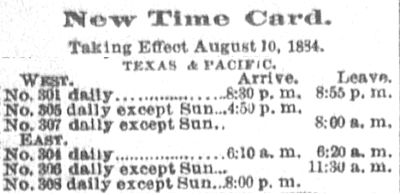
On the afternoon of October 18, 1884 a New Mexico lawman stepped off of T&P’s eastbound train no. 305 accompanied by two Texas Rangers, extradition papers, and a murder warrant for the arrest of Courtright.
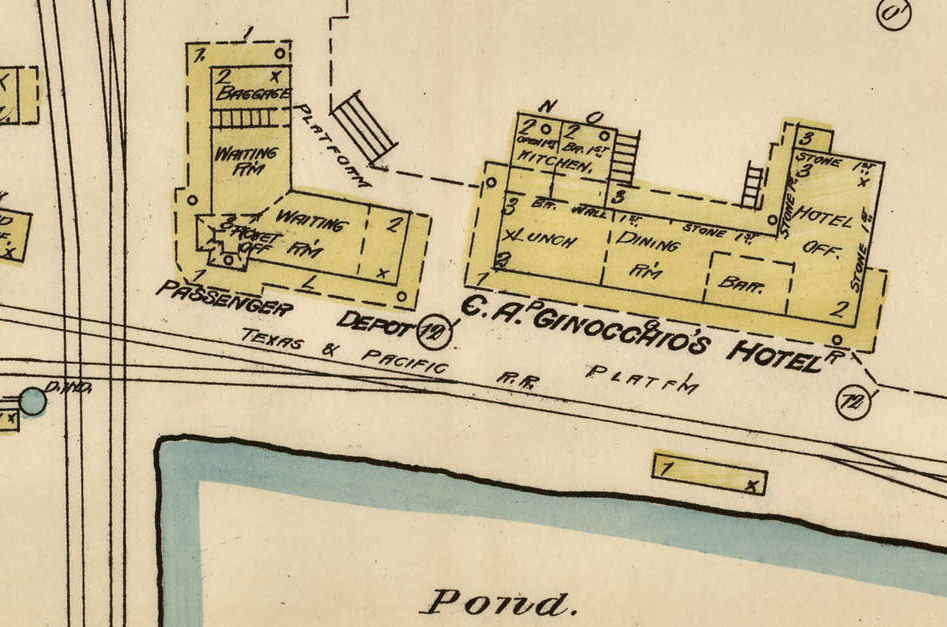
The lawmen intended to find Courtright, arrest him, and hustle him onto T&P’s westbound train no. 301 at 8:55 p.m. back to New Mexico to stand trial. They had less than four hours. They wasted no time. The New Mexico lawman and the two Texas Rangers tricked Courtright into meeting them at Ginocchio’s Hotel (managed by John Laneri) next to the 1882 Texas & Pacific passenger depot south of downtown (at today’s Tower 55). The lawmen arrested Courtright at gunpoint and held him in a room on the second floor of the hotel.
So far, so good.
Now all that the three lawmen had to do was hustle Courtright next door to the train depot and onto the train at 8:55 p.m. But soon word of Courtright’s arrest spread through downtown. Courtright was no longer city marshal, but he remained popular. People feared that the three lawmen would kill Courtright for the reward on his head or take him back to New Mexico to face vigilante justice. An angry mob gathered at the hotel, both outside and in the lobby, demanding that the lawmen release Courtright.
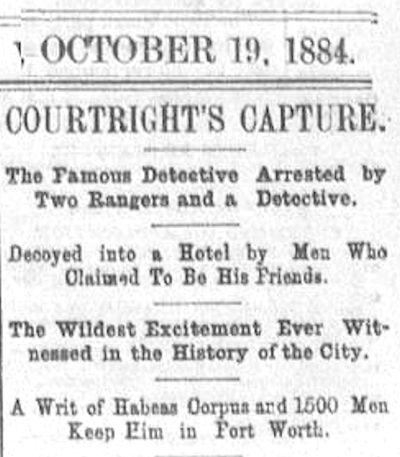 The mob demanded to see Courtright. The three lawmen consented and placed Courtright at a window of the hotel. Each time he stood in the window and held up his manacled hands for the mob to see, “people seemed to lose all control of themselves and yelled in most exquisite abandonment, swaying and surging the while like an angry sea,” the Fort Worth Gazette wrote on October 19, calling the scene, in the Gazette‘s hyperbolic way, “the wildest excitement ever witnessed in the history of the city.”
The mob demanded to see Courtright. The three lawmen consented and placed Courtright at a window of the hotel. Each time he stood in the window and held up his manacled hands for the mob to see, “people seemed to lose all control of themselves and yelled in most exquisite abandonment, swaying and surging the while like an angry sea,” the Fort Worth Gazette wrote on October 19, calling the scene, in the Gazette‘s hyperbolic way, “the wildest excitement ever witnessed in the history of the city.”
“Attacks on the hotel were spoken of, and the crowd was in a condition to do anything upon the word of a leader,” the Gazette wrote.

The two Texas Rangers knew that William Capps, who was Courtright’s attorney, was respected in the community, so they sent for him, asked him to reason with the rawhide rabble. Leonard Sanders wrote in How Fort Worth Became the Texasmost City: “Estimates of the armed mob ranged as high as two thousand.”
Fort Worth at the time had three gun shops (the shop of A. J. Anderson plays a role in Part 2) and more saloons than you could shake a swizzle stick at.
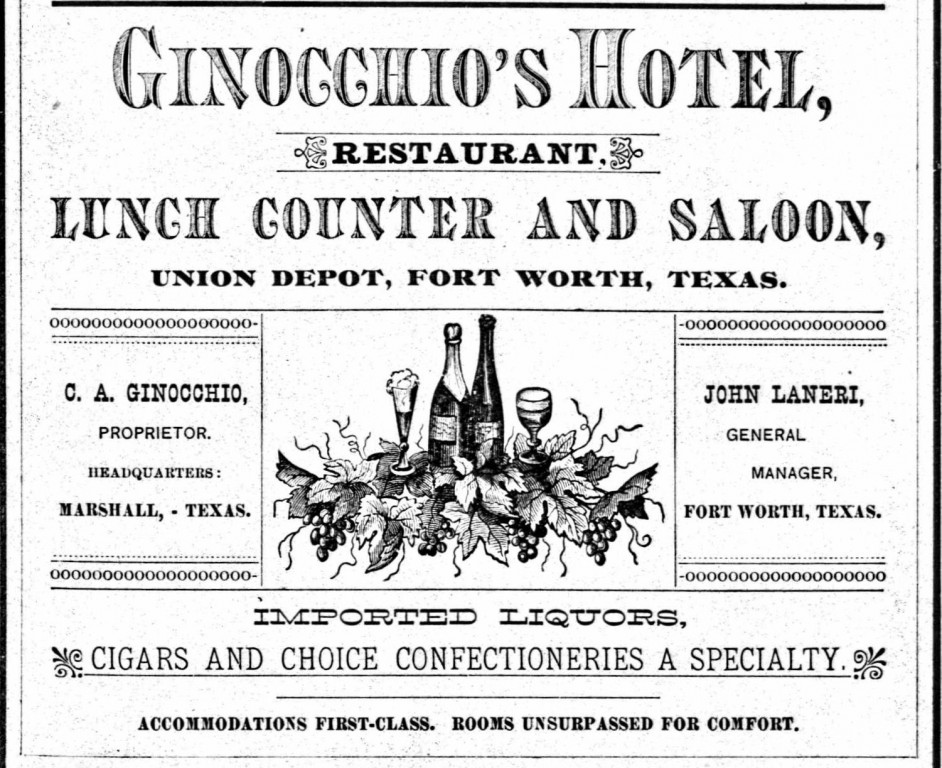 It was in this environment that young William Capps climbed onto the roof of the station’s ticket office next to Ginocchio’s Hotel and made an impassioned speech to the roused citizenry milling below.
It was in this environment that young William Capps climbed onto the roof of the station’s ticket office next to Ginocchio’s Hotel and made an impassioned speech to the roused citizenry milling below.
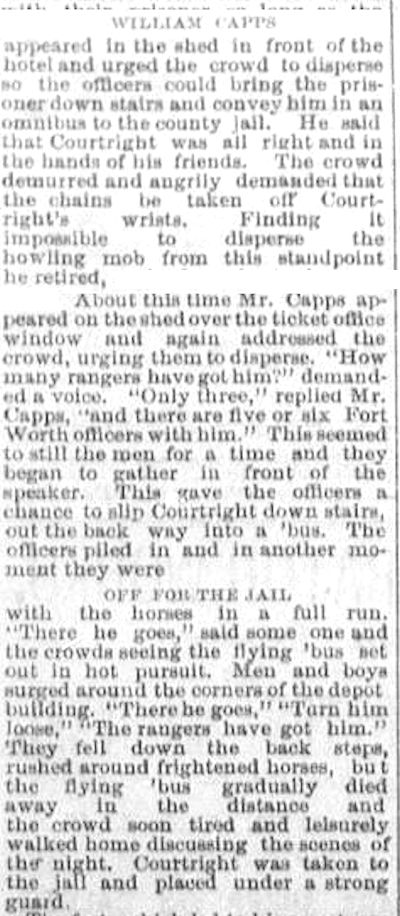 Every good lawyer is also a good communicator and psychologist. Capps reassured the mob that Courtright would not be harmed by the lawmen. Capps looked into the eyes of unconvinced members of the mob and appealed to the better angels of their nature. Capps no doubt recognized faces in the mob. Perhaps he addressed some individually to personalize his plea.
Every good lawyer is also a good communicator and psychologist. Capps reassured the mob that Courtright would not be harmed by the lawmen. Capps looked into the eyes of unconvinced members of the mob and appealed to the better angels of their nature. Capps no doubt recognized faces in the mob. Perhaps he addressed some individually to personalize his plea.
Whatever his method of persuasion, Capps must have given the summation of his career that day because he held “the howling mob” in check long enough for the three lawmen to smuggle Courtright out the back of the hotel into a “flying ’bus” (omnibus) and on to the safety of the jail.
Peace prevailed.
But Jim Courtright would not be on the 8:55 train to New Mexico. The three lawmen decided not to risk trying to get their prisoner from the jail to the train while emotions were running so high among townspeople.
The lawmen would make their move the next day after folks had simmered down.
Of course, events of the next day at Merchants’ Restaurant would reduce Capps’s roof-top rhetoric to a footnote. But after October 18, 1884, for the remaining forty years of his legal career attorney William Capps probably was never afraid to address a little ol’ jury of twelve men good and true.
What happened to Courtright the next day at Merchants’ Restaurant?
The Great Escape (Part 2): “Waiter, I’ll Have Steak and Potatoes; Oh, and 2 Six-Guns to Go”
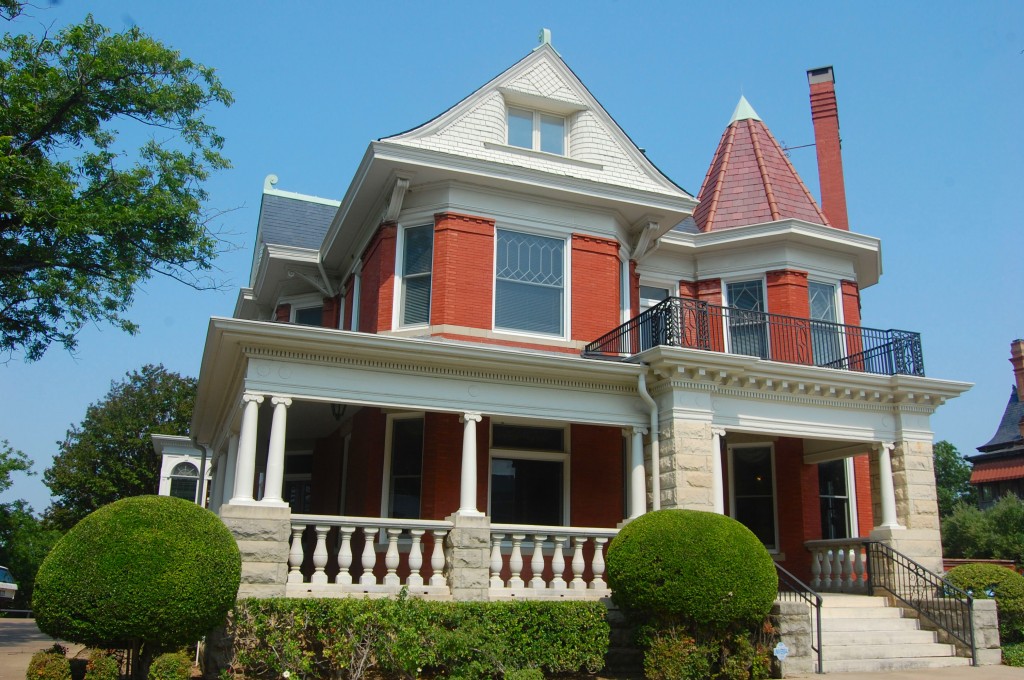
Postscript: In 1910 Capps bought the grand Victorian home at 1120 Penn Street in Quality Hill. The house had been built in 1899 for Dr. Joseph R. Pollock. William Capps died in the Pollock-Capps house in 1925 at age sixty-seven.
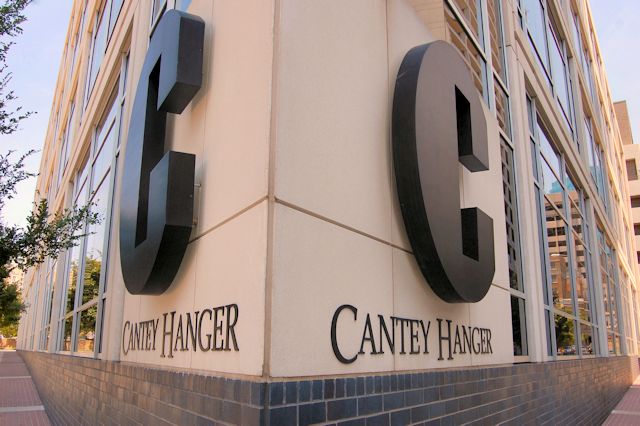 The law firm that William Capps co-founded continues as Cantey Hanger.
The law firm that William Capps co-founded continues as Cantey Hanger.
Posts About Fort Worth’s Wild West History
Posts About Crime Indexed by Decade






Been going to Capps park since 1944.
I biked past it today on the College Avenue side. What a life Capps had.